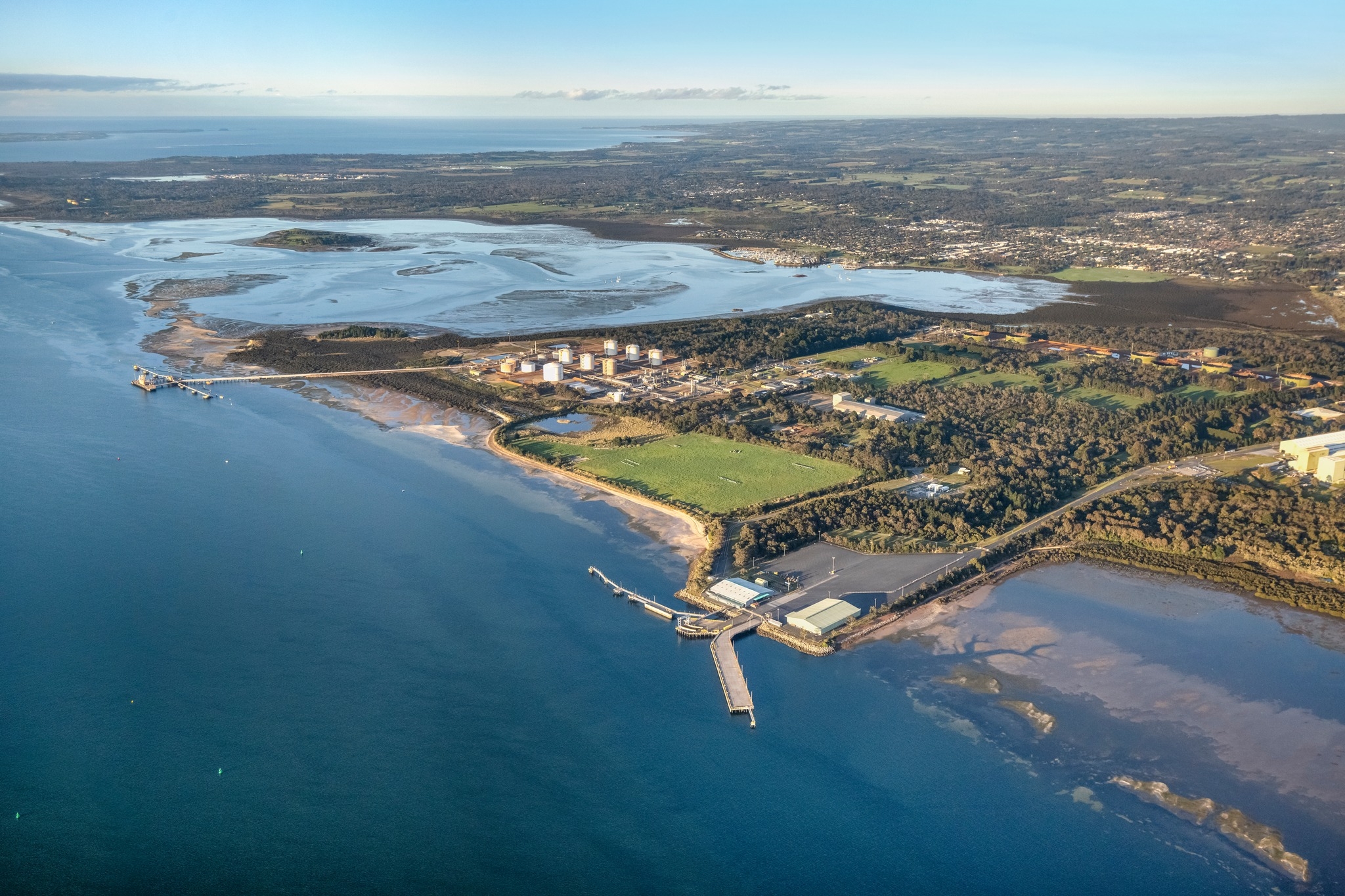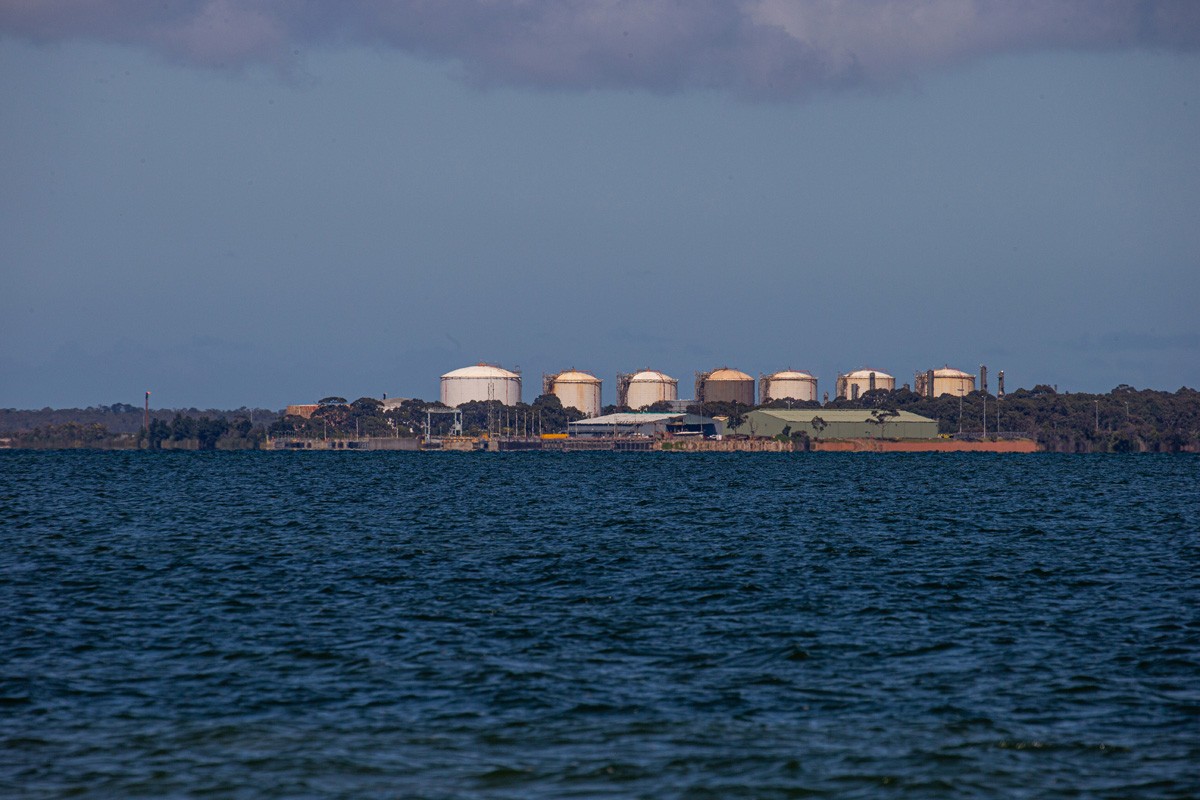Right balance crucial for renewable energy success
As many of us enjoyed our summer holiday, a small parcel of reclaimed land alongside Western Port bay made national headlines.
Situated between a major steel manufacturer and the Long Island Point gas plant is the reclaimed land foreshadowed by the Victorian Government set to be home to Victoria’s Renewable Energy Terminal (VRET).
The Commonwealth Government’s recent intervention to halt the project has created uncertainty for the region and the offshore wind industry. However, given the sensitive environmental and biodiversity concerns of a Ramsar listed wetlands, it’s important these matters are handled delicately and with great care for our environment.
Western Port is the jewel in the Mornington Peninsula’s crown. It's home to world famous weedy sea dragons, Phillip Island’s thriving colony of little penguins, and French Island National Park – home to the most significant koala population in Victoria.
Our responsibility as local defenders of Western Port is a role this community takes incredibly seriously. In 2019, the community successfully fought off the proposed floating gas storage and re-gassification unit (FSRU) at Crib Point – and in March 2021, the Minister for Planning ruled that the proposal for such a project was unacceptable.
This was an important moment for the future of the bay in determining what industry is and isn’t acceptable in our region. As a result, groups like the Westen Port Biosphere are working with local governments and key stakeholders to try and develop a framework for government and major proponents to develop guidelines and create stability. For the community and industry, this is pivotal work.

Over recent years, the Victorian Government has given itself some very ambitious renewable energy targets to try and accelerate emissions
reductions across the State. A target of 25% by 2020 proved successful, but the updated targets of 65% by 2030 and 95% by 2035 will be
more difficult to reach.
Offshore wind has its own targets too, with 2 GW of offshore wind generation originally anticipated by 2032, and 9 GW by 2040. It’s fair to say these targets came to a screeching halt in December when the Federal Environment Minister vetoed plans for the construction of the Victorian Renewable Energy Terminal at the Port of Hastings.
The Victorian Government remains ‘undeterred’ and will assess what options it has available to them. So how did we end up in this situation?
The Commonwealth could have afforded Victoria the opportunity to amend its proposal before it deemed rejected it as ‘totally unacceptable’. Both levels of government are enthusiastic supporters of the offshore wind industry, particularly the Gippsland offshore wind zone – but a terminal that is strategically located close to Gippsland and close to a substantially qualified workforce is necessary for the industry to take its first steps.
Both governments need to work out a solution, as further delays will only stall the State’s renewable energy transition and send offshore wind proponents to other states or other parts of the world.
The scale of dredging required is clearly a problem for the community, and the Commonwealth Government acknowledged this as one of its key concerns in making its decision. So too is the projects’ footprint and its affect on migratory birds and marine life.
To address some of these concerns, the Victorian Government could look towards a multi-port model, scaling back the size of the VRET in Hastings and utilising neighbouring ports at Barry Beach and Geelong to share the assembly process. These two additional ports have been identified by offshore wind proponents as crucial, so plans are already underway to utilise these ports for servicing, maintenance and operations.
However, it’s critical that the home of offshore wind assembly remains at the Port of Hastings.
Hastings was identified by the Victorian Government as the most appropriate location for the VRET. It has strategic advantages over Gippsland and Geelong given its proximity to Melbourne’s workforce, natural deep-water channels, and available land.
Furthermore, offshore wind components are obtrusive, heavy, and require a unique set of requirements that no terminal in Victoria is currently capable of assembling.

If the Victorian Government’s response or appeal means a pathway to an EES process is possible, then the socio-economic benefits for Hastings and surrounding townships are important to dissect..
Hastings frequently tops government lists of disadvantage, rental stress and unemployment statistics. ABS data from the 2021 Australian Census ranks Hastings as the most disadvantaged suburb in Melbourne, alongside Capel Sound, Sunshine, Cranbourne and Broadmeadows.
An industry that is home-grown and nation-leading will require local jobs and skills. Opportunities for the often ‘forgotten side’ of the Mornington Peninsula don’t come up often, so we should embrace these positive winds of change which will bring so much good to our region.
As the nation continues its transition to a clean energy future, Hastings has an opportunity to assert itself as the home of renewable energy in Victoria. Our region could play a pivotal role in the nation's battle against the adverse effects of climate change.
With the right balance and the opportunity to commence a thorough Environmental Effects Statement (EES) process, offshore wind assembly
could redefine Hastings for the next half a century.
Josh Sinclair is the CEO of Committee for Frankston & Mornington Peninsula
